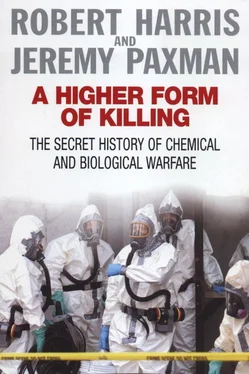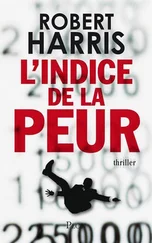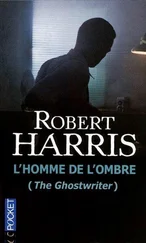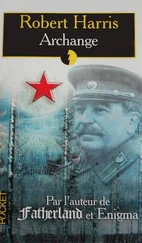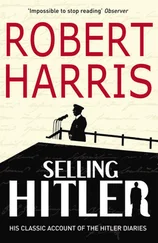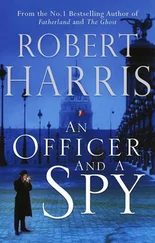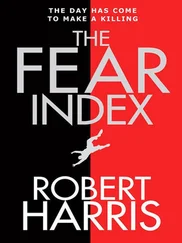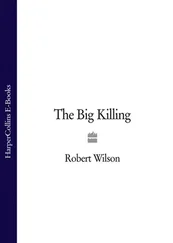An hour after the first discharge of gas, the British infantry charged the German line, penetrating a mile in the first rush. ‘Behind the fourth gas and smoke cloud,’ reported the war correspondent of the Berliner Tageblatt, ‘there suddenly emerged Englishmen in thick lines and storming columns. They rose suddenly from the earth wearing smoke masks over their faces and looking not like soldiers but like devils. These were bad and terrible hours.’ 16A soldier of the 1st Middlesex Regiment, in a letter which was stopped by the censor, wrote:
I don’t want to see another scene like last Saturday morning. It was just Hell with the lid off… The artillery bombarded them for four days and nights, never stopped, seven hundred guns behind us. At 5.45 on Saturday morning we turned the gas on the devils – it was an awful sight – and at 6.30 we climbed over the parapet and charged them. I carried a field telephone. Four of us started, I was the only one to reach the first German trench, which was full of dead, about three or four deep, all gassed. But they had the machine guns in the third-line trenches, and they mowed us down, and everywhere was mud and blood. When they called the roll on the 1st Middlesex, 96 answered present out of 1020. 17
British soldiers fought their way through German trenches that were a wasteland of dead. The 20th Brigade reported ‘whole machine gun crews lying gassed to death’. Other troops described ‘five men and two officers lying heaped in one place, blue in the face and undoubtedly gassed to death’. Men lay face down in the trenches; one officer reported a German still seated in his chair – gassed. Elsewhere, six dead Germans were found huddled together, as if trying to ward off the cold. Many of the dead were in the second and third lines, and in the communicating trenches where they had died trying to scramble to the rear. ‘We saw the deadly effects of our gas,’ wrote one officer to a London paper. ‘The Germans had suffered as we too had suffered in the past.’ 18
In some places, the German line was penetrated by British troops to a depth of three miles. But, as in so many battles of the First World War, the gains were transitory and small, the sacrifices enormous. Although eighteen guns and 3,000 prisoners were captured, the Battle of Loos cost the British over 50,000 casualties. There was no breakthrough. As at Ypres, gas – unpredictable in its effects and heavily dependent upon the weather – had failed to achieve the decisive victory each side sought. Like Haber, Foulkes was left after the battle to sigh a series of ‘ifs’: ‘if fortune had been a little kinder, if the wind had been only slightly more favourable, there is no doubt whatever that Sir John French would have gained a smashing victory on this day.’ 19As it was, within a week the Germans had recaptured almost all the ground they had lost.
After Loos, gas was an even more unpopular weapon than it had been before. In the three weeks after the first discharge, 2,000 British troops reported as casualties of British gas; fifty-five cases were ‘severe’ and ten died. Pipes and cylinders often leaked, frequently they were damaged by enemy shells; and when a gas attack occurred, the wind often wafted the cloud over the wrong side. Even the commanders viewed it with distaste.
In the ordinary soldier there was born a hatred of gas that steadily deepened as the war progressed. For the next three years men were kept constantly on their guard. Allied anti-gas schools were set up at Havres, Rouen, Etaples, Abbeville, Boulogne and Calais. Every soldier was put through a standard course which included an hour immersed in a cloud of gas (to give him ‘confidence in his respirator’) and half a minute exposed to tear gas (to give him a fright and teach him to take anti-gas precautions seriously). Masks had to be put on in a regulation six seconds – but before being allowed to do so, and while still exposed to the tear gas, men had to repeat their name, number and battalion; sometimes they were made to do it twice. ‘It was,’ as one historian has put it, ‘a brisk business, which sent men back to the front with an aggrieved feeling of the unfairness of gas.’ 20It was believed that gas casualties were a result of slack discipline. Courts of Inquiry were held on the victims, and each gas case had to wear a ‘wound stripe’ – visible evidence of his neglect in allowing himself to be gassed. (This practice was only stopped after the introduction of mustard gas, when there were simply too many casualties for the system to cope with.)
The effectiveness of these stern measures is reflected in the statistics for gas casualties. Of the 180,983 British soldiers officially accounted as having been gassed in the First World War, only 6,062 are recorded as having died, giving a mortality rate of around 3 per cent 21(although, as will be discussed later, this figure is almost certainly well below the true number).
Using these figures, advocates of chemical warfare later argued that gas was actually the most humane of the weapons used in the First World War, wounding far more than it killed. But the figures do not reveal either the horror or persistence of gas wounds. Nor do they show the psychological casualties. As the fighting dragged on, the constant state of gas readiness imperceptibly sapped men’s strength and fighting spirit. Fear was omnipresent. Every few miles along every road, signs warned of the danger of gas. As far back as twelve miles you had constantly to carry your mask. In the event of a gas alarm a deafening racket arose along the front. Bells were rung, empty shell cases beaten, and the great Strombus horns – twenty-eight to the mile, powered by compressed air and audible nine miles away – let out warning screams. One eyewitness recalled:
With men trained to believe that a light sniff of gas might mean death, and with nerves highly strung by being shelled for long periods and with the presence of not a few who really had been gassed, it is no wonder that a gas alarm went beyond all bounds. It was remarked as a joke that if someone yelled ‘gas’, everyone in France would put on a mask… Two or three alarms a night was common. Gas shock was as frequent as shellshock. 22
In June 1915, 2,500,000 ‘Hypo Helmets’ were issued – bags of flannel which had been chemically impregnated against chlorine. The bags were placed over the head and tucked into the collar; two eyepieces cut into the front and made of celluloid enabled the wearer to peer out at the scene around him. In the autumn the British added modifications – the helmet was better impregnated and a rubber exhaust tube was added. Nine million of these ‘P Helmets’ were issued by December.
The shapeless hood, the twin eyeholes, the elephant’s trunk of rubber hanging down from the mouth – the respirators gave the men a nightmarish quality as they moved around in the dense clouds of gas. To wear, the masks were extremely uncomfortable. Often they leaked around the mouthpiece, or the eyepieces cracked and let in the gas. They produced a feeling of suffocation. A dangerous concentration of carbon dioxide was likely to build up inside. They made you sweat, and when that happened the eyepieces steamed up and the chemical solution the flannel had been dipped in began to run, stinging the face and dripping down the neck. And in a long attack, the effectiveness of the helmets could come dangerously close to exhaustion; with the chemical protection worn away, the gas was able to seep through.
The P Helmet had been hastily improvised to provide protection against phosgene, another chemical used in the dye industry, whose potential as a war gas had been noticed by the Allies in the summer of 1915. The helmet arrived at the front in the nick of time.
At 5.30 am on 19 December, the German Gas Corps broke their six month silence on the British Front with an attack at Ypres using phosgene for the first time. Captain Adie of the Royal Army Medical Corps recalled a loud hissing sound. ‘Almost at the same moment red rockets went up from the German lines… I was at Headquarters drinking a cup of tea with the Colonel. At first I thought the water from which the tea was made had been over-chlorinated – a moment later I thought I could smell gas.’ 23
Читать дальше
